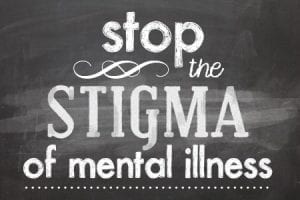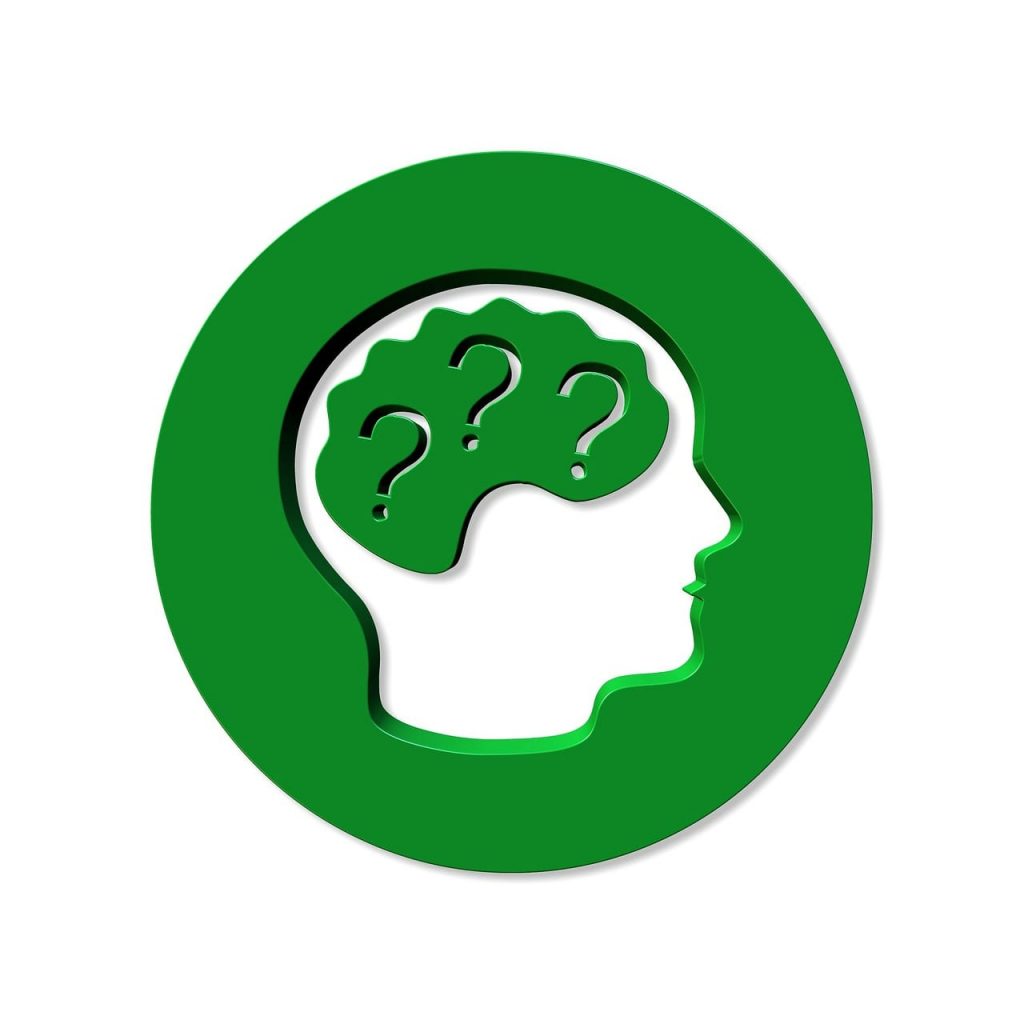How common is mental illness? The answer depends on what you mean by “mental illness.”
The National Institute of Mental Health (NIMH) reports that 18.6% of adult Americans experienced mental illness in the last year (call this the “1-in-5 definition”). The rate for children is slightly higher, although the childhood statistics from NIMH refer to “mental disorders”, with ADHD topping the list. Is ADHD a disorder or an illness? It is hard to know the answer when the government agency responsible for mental health research in America uses one term for children and another for adults. One suspects unwillingness on the part of national policymakers to stick young lives with a stigmatizing label of mental illness.
NIMH further confuses the issue by distinguishing “serious mental illness“ from “any mental illness,” which could be any mental, behavioral, or emotional disorder, from simple phobias and adjustment disorders to severe schizophrenia (developmental and substance use disorders are excluded from this category). Serious mental illness, which affects only 4.1%, of U.S. adults is defined by NIMH as a mental disorder “resulting in serious functional impairment, which substantially interferes with or limits one or more major life activities.”
If you go by the “1-in-5” definition of NIMH, chances are that someone in your immediate family or close circle of friends has a mental illness, even though you might not call it that. Most people when they hear the term mental illness do not think of their own child with ADHD, or the retiring aunt who is having an unusually hard time getting over the death of her husband. A label of mental illness can be so damaging to a person’s reputation, self-esteem and prospects for earning a living, that we are right to avoid it whenever we can. This raises the question, if a mental illness is not serious, why even call it mental illness? One suspects the reason may have more to do with public relations than sound diagnostic practice: an attempt to soften common perceptions of mental illness by making it appear more common than it is.
For many people, the default image for mental illness is the homeless person living in the street, shouting out obscenities and paranoid delusions. Or worse, the school shooter on a killing rampage. The truth is that the disheveled doomsayer in the street is representative of only a small percentage of the small percentage of people with serious mental illness and the school shooter is so far off the charts, there is no statistic to represent him. Yet we live in a world that treats the extremes as the norm, and most people with mental health conditions – even serious conditions like schizophrenia and bipolar disorder – rightly want to distance themselves from that. So we launch campaigns for Mental Health Awareness Month that claim that 1-in-5 Americans has a mental illness, even as we advocate for better treatment, laws and health care coverage for the 1-in-25 with serious conditions who need more help. Does anyone see a problem with that?

Sometimes we need to be able to talk about mental illness as a social problem. It is hard to look at the high number of people with serious mental health conditions living on the street and in our jails and prisons without believing otherwise. Any meaningful debate on involuntary commitment and patient civil rights will revolve around definitions of mental illness that include the severest manifestations of schizophrenia, bipolar disorder, depression, and eating disorders, but not ADHD, simple phobias and adjustment disorders. So let’s start by calling this second group of disorders something other than mental illness. Instead, we can call them what they are: mental health conditions, or refer to these disorders by their specific names.
Rtor.org is a “mental health” website for families. Throughout its pages you will see that subject referred to in different terms. Illness, condition, disorder, issue, problem… these words have similar but slightly nuanced meanings, which are not always interchangeable.
As an aid to users of this site, we offer this guide to the meaning of terms appearing on these pages:
mental illness – the National Alliance on Mental Illness (NAMI ) defines mental illness as “a medical condition that disrupts a person’s thinking, feeling, mood, ability to relate to others and daily functioning.” On Rtor.org, we tend to use this term in a global sense, such as in discussions about a social issue or problem. We also use it in a way that suggests the impact on functioning is substantial and of significant duration.
mental health – a state of emotional and psychological well-being in which a person is able to function in society and meet the demands of life. This term is also used to refer to the field of professional disciplines that assist people to maintain mental health and cope with mental illness. Rtor.org favors the use of this term over mental illness when possible, because of its more positive and inclusive emphasis.
mental health problem or issue – a way of referring to an incident or series of incidents disruptive to mental health or indicative of poor mental health.
mental health condition – a mental health problem that endures over a period of time and is characterized by symptoms or signs that suggest a specific diagnosis.
mental health disorder – a formal designation for a condition described in the Diagnostic and Statistical Manual of Mental Disorders (DSM-5).
mental health crisis – a sudden situation, or change in circumstances or behavior, that places a person or others at risk. Crises can result from forces inside a person, such as a change of mood or escalation of symptoms, or from outside influences, such as a loss of a job, housing, or a supportive relationship.
Finally, whether we call something a disorder, illness, condition, issue, or problem, we should never call a person by a label. The respectful designation for someone who has been diagnosed with a mental health disorder is to refer to them as someone who “lives with” or “has” that condition (e.g., “Many people who are homeless also live with mental illness.” Not, “Many homeless people are mentally ill.” Or, “My son John has schizophrenia.” Not, “My son John is schizophrenic.”)
As a “mental health website for families,” Rtor.org wants to reach out to, engage in dialogue with, and be of assistance to all families with mental health concerns. But the main goal of the website is to help families connect with resources and support to promote the recovery of loved ones with mental illness. The first goal is about using the power of a national website to help as many people as possible in a preventative or supportive manner. The second goal cuts to the mission of Rtor.org, which is to help families mobilize resources to help loved ones with serious and in many cases on-going mental health disorders.
Throughout the month of May, RtoR.org will release a daily Post
of the Day in observance of Mental Health Awareness Month
Recommended for You
- Silver Hill Hospital: My Family’s 35-Year History with a National Leader in Quality Mental Health Care - February 7, 2023
- Connecticut Mother Who Lost a Son to Overdose Shares Her Story and Hosts Wilton Fundraiser to Benefit Laurel House - November 9, 2022
- Laurel House Offers $10,000 Racial Equity Scholarship for a Black or Hispanic Student Pursuing a Master’s of Social Work Degree - June 8, 2022





